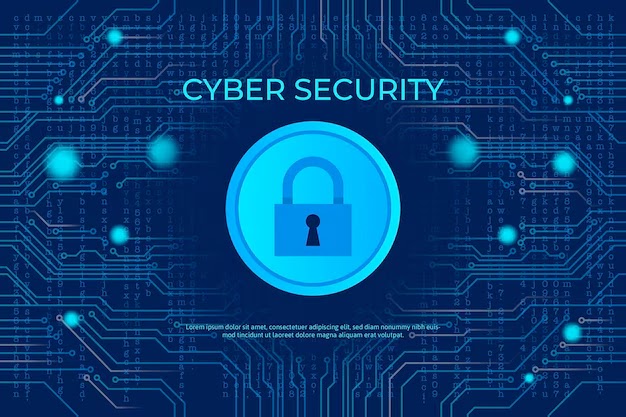What is Cybersecurity? Protecting Our Digital Lives
In today’s digital landscape, cybersecurity is more crucial than ever. As we navigate an increasingly interconnected world, understanding cybersecurity becomes essential not only for businesses but also for individuals. In this blog, we'll break down what cybersecurity is, why it matters, the various types of threats we face, and best practices for protecting our digital assets.
What is Cybersecurity?
Cybersecurity refers to the measures and practices designed to protect computers, networks, programs, and data from unauthorized access, attacks, damage, or theft. It encompasses a broad range of technologies, processes, and practices aimed at safeguarding sensitive information and ensuring the integrity of digital systems.
With the rise of the internet and digital communication, cyber threats have evolved and become more sophisticated. This makes a robust cybersecurity strategy imperative for anyone who uses technology.
Why Cybersecurity Matters
Protection of Sensitive Data: Personal information, financial records, and business data are valuable targets for cybercriminals. Effective cybersecurity protects this sensitive information from breaches and theft.
Maintaining Trust: For businesses, strong cybersecurity measures help build trust with customers and stakeholders. A single data breach can lead to significant reputational damage.
Regulatory Compliance: Many industries are subject to regulations that require certain cybersecurity measures. Non-compliance can result in fines and legal consequences.
Preventing Financial Loss: Cyberattacks can lead to substantial financial losses due to theft, recovery costs, and operational downtime. Investing in cybersecurity helps mitigate these risks.
Common Cyber Threats
To effectively protect against cyber threats, it's important to understand what they are:
Malware: Malicious software designed to harm or exploit any programmable device, service, or network. This includes viruses, worms, and ransomware, which can lock users out of their files.
Phishing: A deceptive practice where attackers impersonate legitimate entities to trick individuals into revealing sensitive information, typically through fraudulent emails or websites.
Denial of Service (DoS) Attacks: Attempts to disrupt the normal functioning of a targeted server, service, or network by overwhelming it with traffic, causing it to become unavailable to users.
Data Breaches: Unauthorized access to confidential data, often resulting in the theft of personal information, credit card details, and proprietary business data.
Social Engineering: Manipulative tactics that exploit human psychology to trick individuals into revealing confidential information or granting access to systems.
Key Components of Cybersecurity
Network Security: Protects the integrity and usability of networks by implementing measures that prevent unauthorized access and attacks.
Application Security: Focuses on keeping software applications secure from vulnerabilities throughout their lifecycle, from development to deployment.
Information Security: Ensures the protection of data integrity, confidentiality, and availability through encryption, access controls, and monitoring.
Endpoint Security: Secures devices like computers and smartphones that connect to the network, protecting them from malware and unauthorized access.
Incident Response: Involves a structured approach to managing and mitigating the impact of security breaches or cyber incidents, including preparation, detection, and recovery.
https://www.aneinfo.org/2024/10/cybersecurity-essentials-safeguarding.html
Best Practices for Cybersecurity
Use Strong, Unique Passwords: Create complex passwords that are difficult to guess, and avoid using the same password across multiple accounts.
Enable Multi-Factor Authentication (MFA): Add an extra layer of security by requiring two or more verification methods before granting access to accounts.
Regular Software Updates: Keep operating systems, applications, and antivirus software up to date to protect against known vulnerabilities.
Educate Employees and Users: Conduct regular training sessions on recognizing phishing attempts and other social engineering tactics to empower users to protect themselves.
Back Up Data: Regularly back up important data to secure locations, ensuring that it can be restored in case of a cyber incident.
Implement a Cybersecurity Policy: Establish clear guidelines and protocols for responding to security incidents and protecting sensitive information.
Conclusion
Cybersecurity is a vital aspect of our digital lives, playing a crucial role in protecting personal and organizational information from a growing array of cyber threats. By understanding the basics of cybersecurity, recognizing common threats, and implementing best practices, we can safeguard our data and ensure a more secure digital environment.
Call to Action: How do you protect yourself online? Share your tips and experiences in the comments below!




Aucun commentaire:
Enregistrer un commentaire